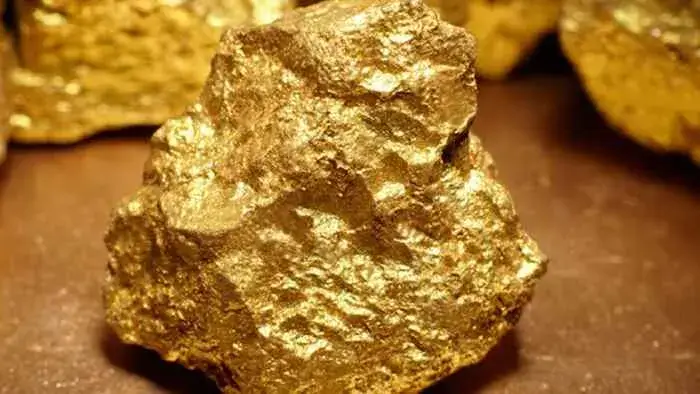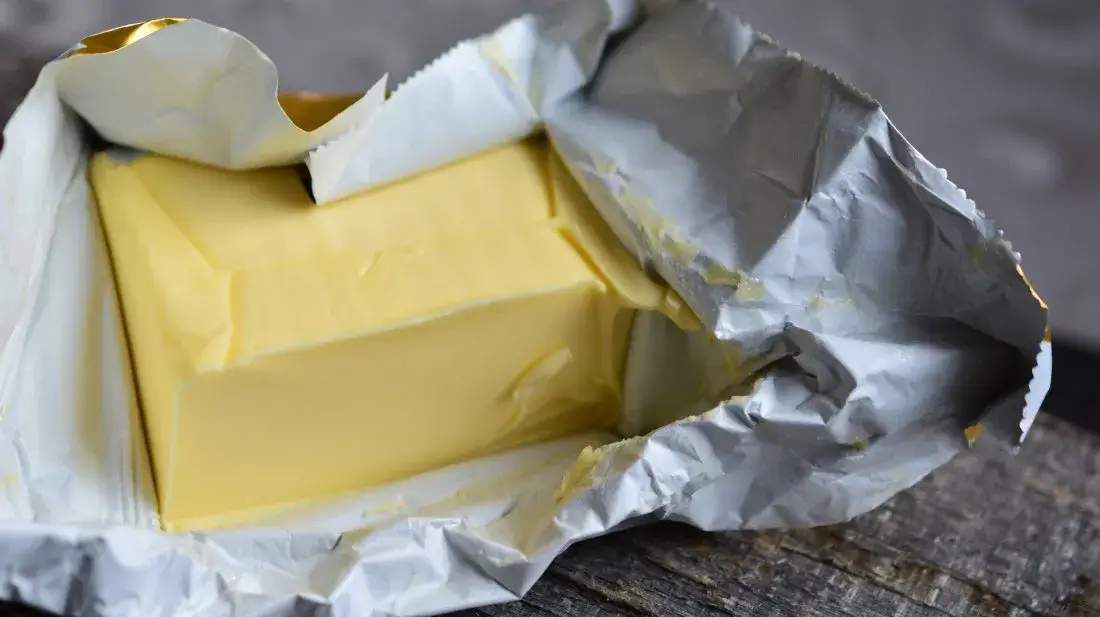What is gold and how is it made?

what is gold
The chemical element gold is represented by the symbol Au, which is derived from the Latin word "aurum."Its atomic number is 79, and it belongs to the noble metal group. This means that gold is non-reactive, non-corrosive and its exceptional stability makes it an ideal material for a variety of applications.
How is gold made? Origin and process
Gold is a chemical element easily recognized by its yellow metallic color. It is valued for its rarity, corrosion resistance, electrical conductivity, ductility, malleability and beauty.
If you ask people where gold comes from, most will say you collect it from a mine, from a stream, or from sea water.However, the true origin of the elements predates the formation of the Earth. From stellar explosions to its appearance in Earth's crust, here's how gold is formed.
Formation of natural gold

Although nuclear fusion inside the Sun produces many elements, the Sun cannot synthesize gold. Sufficient energy needed to create gold only comes when stars explode in supernovae or when neutron stars collide.In these extreme conditions, heavy elements are formed rapidly through the neutron-capture process, also known as the r-process.
Where is gold found?
All gold found on Earth comes from the debris of dead stars. As the Earth formed, heavy elements such as iron and gold fell to the center of the planet.If nothing else happened, there would be no gold in the Earth's crust. But, about 4 billion years ago, Earth was hit by an asteroid. These impacts stirred up the planet's deeper layers and forced some of the gold to penetrate the mantle and crust.
Some gold can be found in rock ore. It can be found in fragment form as a pure native element and in natural mixed electrum with silver. Corrosion frees gold from other minerals. Because gold is heavy, it sinks and accumulates in streambeds, sediments, and oceans.
Earthquakes play an important role, as a shifting fault rapidly compresses mineral-rich water. When the water evaporates, quartz and gold veins are deposited on the rock surface. A similar process occurs in volcanoes.

What is the global amount of gold?
Only a small portion of the Earth's mass is made up of the gold that is mined from it. The United States Geological Survey (USGS) calculated in 2016 that since the beginning of civilization, approximately 7.8 million troy ounces, or 244,000 U.S. tons, have been found. Due to its high density (19.32 grams per cubic centimeter), gold requires little space to hold its mass. 3. Indeed, a cube roughly 70 feet across would result from melting all of the gold that has been extracted thus far!
However, gold makes up only a few parts per billion of the crust's mass. Although it is not economically viable to extract more gold, there is roughly one million tons of gold.
The Element Gold Synthesis
Since no chemical reaction can transform one element into another, alchemists' attempts to transform lead (or other elements) into gold failed. The number of protons in an atom's nucleus determines its element, but chemical reactions involving the transfer of electrons between elements may result in different ions of an element. The atomic number of gold is 79 since all of its atoms have 79 protons.
It's not as easy as just adding or subtracting protons from other elements to make gold. Adding neutrons to another element is the most popular way to transmute it into a different element. An element's isotope is altered by neutrons, which may cause the atoms to become unstable enough to disintegrate through radioactive decay.
In 1924, Japanese physicist Hantaro Nagaoka created gold for the first time by subjecting mercury to neutron bombardment. Although it is easiest to turn mercury into gold, lead can also be used to make gold! Glenn Seabord converted a trace of gold from lead in 1980, and Soviet scientists unintentionally converted a nuclear reactor's lead shielding into gold in 1972.
Neutron captures from thermonuclear weapon explosions resemble the r-process in stars. Nuclear testing did result in the discovery of the heavy elements einsteinium (atomic number 99) and fermium (atomic number 100), but such events are not a feasible method of synthesizing gold.








